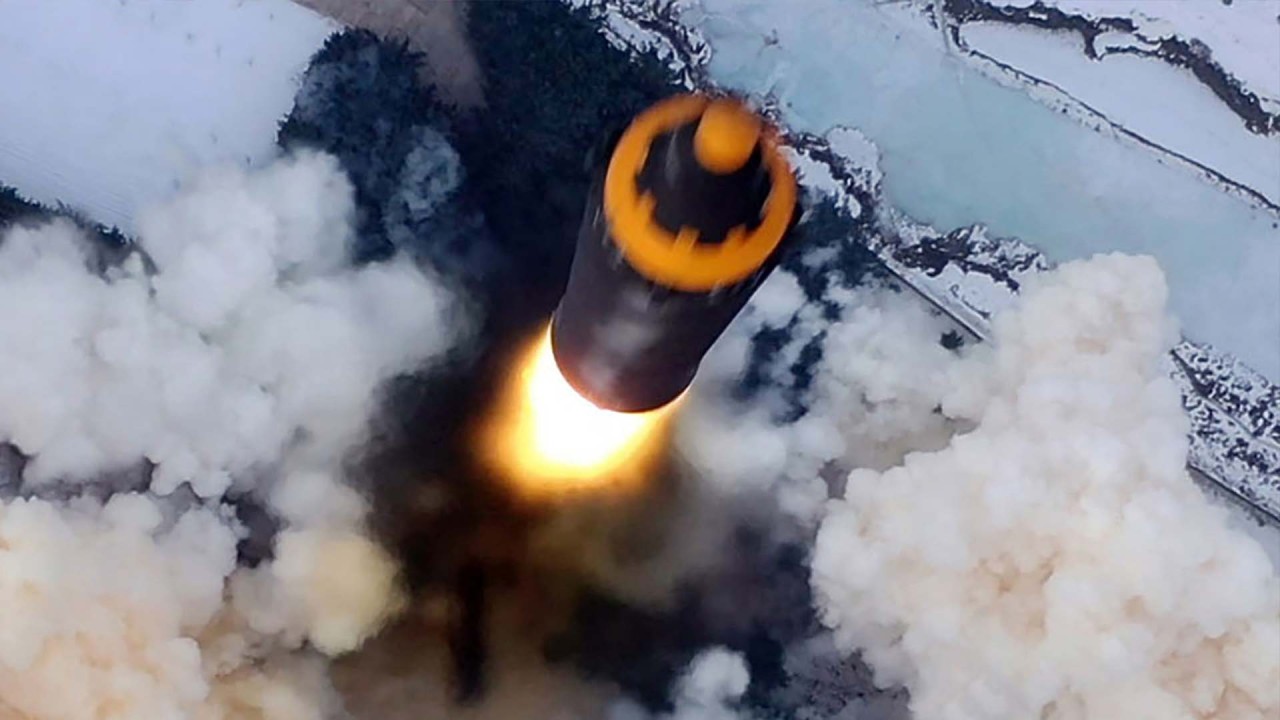
South Korea bets on home-grown missile defence system to replace US-made THAAD that angered China
- The launch of a long-range surface-to-air missile interceptor is seen as an alternative to the Terminal High Altitude Area Defence system that earlier earned Beijing’s wrath
- It comes amid opposition presidential front runner Yoon Suk-yeol’s push to ‘buy’ and deploy the expensive US-built anti-missile shield near Seoul
The state-run Agency for Defence Development launched the long-range surface-to-air missile (L-SAM) on Wednesday from a testing site in Taean, 150km southwest of Seoul, Yonhap reported.
China, which sees the THAAD as a direct threat to its own security, retaliated economically against South Korea when it deployed the missile shield in Seongju, some 180km southeast of Seoul, five years ago.
South Korea election: who’s running and what’s their China policy?
Each THAAD unit, containing six-nine launch vehicles and loaded with eight interceptors, reportedly costs an estimated US$3 billion.
“This is good news for South Korea as L-SAM may serve the same purpose as THAAD, which is intended to intercept middle and long-range missiles,” said Kim Jung-sup, a defence expert at the Sejong Institute.
Kim said the new system, which can target incoming missiles at altitudes of around 50-60km, could be rolled out by 2028.
South Korea’s defence ministry declined to confirm Wednesday’s test launch.
“The costs to develop and deploy the new missile defence system will be much cheaper than the THAAD and it will take a lot less time to put them in place as well,” Kim said, adding that procurement bottlenecks, including parliamentary screening and negotiations with the US provider, could delay the process which took eight years for the United Arab Emirates before it put the anti-missile battery in place in 2016.
Lee Jae-myung from the ruling Democratic Party shot down his rival Yoon’s proposal, saying defending Seoul, which lies only 24km from the nearest point from the border with the North, using the THAAD system is “impractical.”
Lee, who denied he is soft on Pyongyang, said the South has technology and resources to build its own missile defence that can deter the hermit kingdom.
Moon’s ‘pro-Beijing’ policies to blame for poor perceptions of China: rival
Seoul will also seek technical cooperation from the US to assemble nuclear-powered submarines, he added.
The L-SAM is a “cutting-edge indigenous weapon system” currently under development to defend against missiles or other high-flying threats, according to South Korea’s Agency for Defence Development.
The L-SAM is designed to be part of a “layered defence network” that already includes US-made Patriot Advanced Capability-3 missiles and locally produced Cheongung II KM-SAM medium-range weapons, capable of intercepting targets at varying altitudes and ranges.

Seoul plans to produce a US$2.6 billion artillery interception system, similar to Israel’s “Iron Dome”, designed to protect against North Korea’s arsenal of long-range guns and rockets.
Additional reporting by Reuters


